Leica SL3-S Long-Term Review
Reflecting on 100,000 miles with Leica’s fastest camera
If you ask me why I shoot Leica, the first answer is always the same. They make the best glass in the world. Each lens is crafted with purpose and story, not just for the sterile glory of MTF charts. Now, imagine pairing that glass to a versatile sensor that can flourish in tough lighting, a body that can withstand scorching equatorial temperatures, and an autofocus algorithm that makes portraiture truly effortless. That’s the Leica SL3-S in a nutshell.
This isn’t your leisurely stroll through a Tuscan vineyard of a camera. This is a snarling sports saloon in a tuxedo. The kind of machine that politely offers you an espresso, then launches down the autobahn at breakneck speeds without spilling a drop.
I have had the privilege (and occasionally the terror) of using the SL3-S for over a year now. From the chills of Antarctica to the heat of India, from rooftops in New York to the streets of Buenos Aires, it has been beaten, bathed, and baked. And you know what? It hasn’t complained once.
Leica calls this their fastest camera ever. They’re not wrong. It’s fast to focus, fast to shoot, and even fast to empty your bank account. Yet, each time I pick it up, I’m reminded why I agreed to put my name behind it. This isn’t a camera built for spec chasers. It’s built for storytellers.
In this review, I’m going to share a complete look at how the SL3-S performed for me around the world, what improvements I still hope to see, and why it has become the single most valuable tool in my kit.
Note To Readers
This is a longer story and if you’re reading this in email, there’s a good chance it may not load properly. This story is best experienced on Church & Street or through the Substack app.
You’ll also find a disclaimer at the end of this review. Given my relationship with Leica, as well as other imaging brands, I’ll be sharing additional context with each published review.
The Megapixel Myth
At the centre of the Leica SL3-S sits an updated 24-megapixel backside-illuminated full-frame sensor. A modest resolution that favours speed. Expected from the SL3-S, sure, but this raises the question: is 24 enough?
Somewhere in the race for mirrorless supremacy, manufacturers and consumers lost the plot. Cameras started shipping with more megapixels than people knew what to do with. Most look at the megapixel race as a straight line on a graph. The higher the number, the better the camera. The truth is closer to a curve. At a certain point, you hit diminishing returns.
I’ve shot with the SL3-S for a campaign that ended up on storefronts and advertisements all over the world. I can say with confidence that 24 megapixels is plenty for most people. Pair this camera with the modern SL APO lenses and the results are spectacular.
The catch is this. If you don’t often compose close to your final crop in-camera, or you are a studio professional working in controlled environments where maximum detail is the priority, then the SL3-S will not give you the dream ending you want. For those cases, the SL3 is the better Leica alternative. But if you know how to work a scene, frame decisively, and often shoot in fast-changing conditions, the SL3-S turns resolution into an advantage. Speed without compromise.
The quality of images from the SL3-S, like any camera, depends heavily on the glass you put in front of it. But that doesn’t mean the sensor is unimportant. Leica’s image pipeline manages to pack its 14-bit files with rich tonality and a surprising amount of flexibility. Compared to the Leica M lineup, the SL3-S files start with a little more contrast and vibrancy, which gives you a stronger base right out of the gate. And while I’ve hinted at this before, let me spell it out clearly here: if you’re buying into SL system, put an SL APO lens on your wish list. It unlocks the full potential of what this sensor can deliver. Think of it less as buying a lens and more as choosing the most refined brush to bring your painting to life.
Eyes in Focus
The Leica SL3-S is powered by the Maestro IV processor. We’ve seen this chip in other Leica bodies, but here it feels unleashed. It’s the same engine, tuned like a race car for a lighter payload. Sharper, faster, and built to push the sensor into overdrive, especially when it comes to autofocus.
With a more manageable resolution and a dramatic increase in AF points (779 phase detect and 315 contrast detect), the SL3-S delivers performance that feels both confident and predictable. Choose the right AF mode and profile for your scene, and it’s like being the only driver on the track who already knows every corner of the course before the race begins.
In the field or in the studio, under bright lights or by candlelight, the SL3-S locks onto subjects with confidence. That means more hits in the studio, yes, but more importantly it gives you trust when you only get one chance at a street portrait in a faraway place.
What impressed me most was how assured this system is for more dynamic environments. Especially when tracking multiple individuals, this Leica now sticks onto your person of interest with intention and stays there. No more flickering between subjects.
Leica’s autofocus history has been rocky. The SL3-S is different. It locks onto subjects the way an F1 car snaps through a chicane, precise and unshakable at full speed. I have frames of dancers moving in near darkness, vendors in chaotic markets, and wildlife that refused to stay still. Not once did I curse the AF system. For Leica, that alone is a milestone worth celebrating.
For the first time, Leica’s autofocus feels like a partner you can trust, not a gamble you hope pays off.
The Need For Speed
I’m not done with the race car analogies, because the gains in overall speed bleed into almost every feature of the Leica SL3-S. Being able to capture a 14-bit RAW image with the mechanical shutter at 5 FPS is fantastic for studio work, especially when colour accuracy is under heavy scrutiny. But when the situation turns into a downhill sprint, you can tap into a 30 FPS mode.
While this mode drops the RAW file to 12-bit, you gain the ability to use continuous AF at 30 FPS. That can be the difference between getting the shot or missing it entirely. The 30 FPS burst might sound like overkill until you find yourself photographing something that happens faster than your reflexes. A bird taking flight. A fighter slipping a punch. A singer caught in the split second when light, style, and expression all align. The SL3-S catches those moments, then politely stores them in an 8GB buffer that feels generous for this sensor.
What pushes the whole experience further is the move to CFexpress B as the primary card slot. These cards write so quickly it feels like watching a pit crew refuel and change tires in the blink of an eye. Users also benefit when offloading, because the same speed translates to faster transfers at the end of the day.
Another speed boost shows up when transferring images with the Leica Fotos app. This is the best camera companion app on the market, and with the SL3-S, transfers are blazing fast. I found this invaluable because it meant I could quickly share portraits of strangers right there in the moment.
From shutter speed to buffer depth to file transfers, the SL3-S is tuned for incredible performance. Every system is built to move faster, and that speed reshapes how you shoot, share, and deliver.
A Filmmaker’s Dream
The Leica SL3-S dreams for Hollywood with the advancements made to video performance. The ability to capture 6K30 open-gate footage is a gift for anyone using anamorphic lenses or cropping for multiple formats. Outputting this in a RAW format at 5.9K extends its versatility. But where the magic really lies, at least for me, is in the internal ProRes recording.
To capture C6K resolution up to 30P at 10-bit 4:2:2 in a ProRes file internally is a powerful storytelling feature. With the versatility of the L-mount, you can navigate a set with a nimble setup or scale up as needed. And look, if video is not part of your journey, your excitement may vary. But if you’re just starting out or working toward your first feature, this will feel less like a bonus and more like a filmmaking companion you can rely on.
Let me also take a moment to stress that not all types of video encoding behave the same way. While many cameras will tout 10-bit 4:2:2, they may have different sub-sampling, compression, chroma quality, dynamic range, and more. What the engineers at Leica have implemented in the Leica SL3-S is hitting top marks. The fidelity and richness of what’s captured on this camera gives you ingredients strong enough to hold up on any screen, from YouTube to the cinema.
Where the SL3-S stumbles is in high frame rate performance. For 60P aficionados, the heavy crop might be a dealbreaker. Spec chasers will also be let down by 120 FPS being limited to FHD resolution. It’s a limitation that’ll narrow the potential audience for a camera like this. Still, I believe the importance of these two specs is more inflated than the budget for the live-action Snow White. If full-frame 4K60P is non-negotiable for your work, Leica was never in the conversation to begin with.
For aspiring filmmakers looking to make real inroads, whether through short vignettes or narrative productions, the SL3-S brings plenty to the table. Especially with its suite of professional tools. Cine Mode unlocks features like shutter angle, waveforms, and custom LUTs to elevate the filmmaking experience. Direct recording to SSDs offers an accessible option for long takes or environments where additional CF cards are scarce. Video profiles, while not perfect, still provide a practical way to save frequently used video settings.
When it comes to video, the Leica SL3-S offers enough depth to truly earn the hybrid label. Photo and video come together here like a motion picture with an unforgettable original score. It’s not about perfection because no camera is. What I’m saying is that this is Leica’s most competitive hybrid mirrorless offering yet.
Now, where the Leica SL3-S truly separates itself from the pack is in its design. This is where it begins to build a real following and where tech tubers are left scratching their heads.
Built For Everywhere
The Leica SL3-S is the most beautifully designed mirrorless SLR on the market. Understated, elegant, and confident enough to skip the white paint on its script, leaving only the red dot to pop against a stealthy profile.
The real achievement isn’t speed and performance. It’s that Leica managed to build this machine without turning it into a soulless computer. Too many cameras today feel like vending machines that dispense sterility. The SL3-S feels like a crafted tool, solid in the hand, begging to be used.
Buttons and dials are kept to the essentials, most without labels, which makes the design feel purposeful instead of cluttered. Most modern cameras look like someone glued a calculator to a lunchbox. The SL3-S looks like something designed by artists for other artists.
This design also hides some real-world toughness. The SL3-S is one of the handful of cameras with a certified IP54 rating. Not “weather resistant” marketing fluff, but a tested and validated badge of durability. I’ve used this camera in torrential rain, freezing sleet, and dusty winds. I’ve rinsed salt water off it more times than I care to admit. This Leica hasn’t failed me once. A camera is useless if it dies before the shot, and this one simply refuses to die.
The SL3-S features a gorgeous 5.76M-dot EVF that feels vibrant, especially at higher frame rates. The two-way tilting LCD makes high and low angles effortless, and the touch interface is super responsive. There’s also a practical selection of ports: USB-C, mic, headphones, timecode, and full-sized HDMI. Even the joystick, plain as it looks, works better than most of the space-age toggle switches other brands try to sell you.
The user interface also deserves special mention. Leica still wears the crown for UI. Clean, intuitive, and customizable. Menus are direct and to the point, with the only weak spot being the still-maturing Video Profiles section. Less time lost in menus means more time making images, which is the whole point.
The tradeoff of all this great design is weight. This camera has heft, and when you mount one of Leica’s premium SL lenses it can make for a long day. While I believe the juice is worth the squeeze, I wouldn’t complain if the payload lightened up a little.
Then there’s the new power button. Moving from a switch to a button may unlock new features, but in the field it feels less certain. On the SL2-S, flicking a switch meant I knew the camera was off and conserving power. On the SL3-S, one press engages sleep, a longer press powers down, but sometimes I’ll wake it accidentally. Minor, yes, but frustrating when you just want assuredness. The upside is integration with mobile devices and remote activation, which opens up interesting workflows but I don’t believe it’s enough to win over most users. I’ve grown to accept the change, but the programming around input lag and wake-ups needs refining.
Overall, from hardware to software, the Leica SL3-S feels like it was thoughtfully designed to survive another planet. It is tough, sleek, and deeply human in its usability. Not flawless, but easily among the best examples of modern camera design.
Bells & Whistles
There are a few more features that round out the Leica SL3-S and help it stand apart in the market. The native ISO range stretches from 100 to 200,000 with dual-gain architecture. This delivers phenomenal photos in tough light and offers a second ISO ceiling when filming video in the same.
The 5-axis image stabilization is dependable. I came to really appreciate it while photographing in Antarctica, where camera and lens worked together to deliver crisp results from a moving zodiac.
The inclusion of a Content Authenticity chip, previously only found in the Leica M11-P, was a welcome surprise. It allows you to authenticate your work at the moment of capture by encrypting each file. I don’t use this often, since it can affect performance in fast-paced environments, but for sensitive or historical moments it’s an invaluable tool.
Then there’s the improved Multi-Shot mode. This is no party trick. You can now use it handheld, with the sensor subtly shifting to build a final image up to 96 megapixels. The results are staggering. Like I mentioned earlier, resolution isn’t everything so this shouldn’t be a primary the reason to buy this camera. But for controlled environments where you have the time to hold still and a cooperative subject, it can produce something truly magnificent. For example, the above image is my grandmother’s (now abandoned) home in Jaffna. Being able to capture this at 96MP highlights the archival opportunity of Multi-Shot mode.
Leica could’ve stopped with the headline features and still made a competitive camera. Instead, they layered in several thoughtful touches that elevate the experience. It feels less like buying a tool and more like being given toolbox. The details may not be flashy, but they quietly remind you that someone went the extra mile to make sure your needs were anticipated before you even asked.
Striving For Greatness
More than a year after the launch of the Leica SL3, owners have seen a steady stream of updates. Bug fixes, refinements, and even major additions like internal ProRes recording. There’s also a road map for Frame.io support, which will open up powerful workflows for working professionals. The Leica team clearly does not rest on its laurels. They’ve proven time and again that they will keep improving their cameras long after launch. With that in mind, here are a few ways the SL3-S could get even better.
The most talked about concern from existing users is the resolution drop in the EVF when magnifying focus with manual lenses. It doesn’t behave the way it did on the SL2-S, which makes the absence stand out even more. It really impacts those adapting M glass on the L mount here but hopefully this can be addressed in the future.
Another feature I miss is the Favourites Menu. The new control page is excellent, but having a fully customizable page of frequently accessed settings would make the UI not just great, but outstanding.
Leica cameras powered by the Maestro IV processor support Leica Looks, these enhanced JPEG profiles that provide beautiful tonality straight out of camera. I’d love to see the option to customize these Looks further, with controls for saturation, sharpness, contrast, grain, and dynamic range. Allowing users to build recipes on the fly would unlock an entirely new creative dimension. Ambitious, yes, but worth pursuing.
Battery life is respectable but not stellar. The new 2200 mAh battery is an improvement over previous models, but heavy 6K recording will chew through it quickly. Carrying spares or using the vertical handgrip remains essential. Charging over USB-C is quick, which helps, but overall battery life is an area where Leica should push further.
On the video side, there are a few upgrades that would make the SL3-S even more competitive. My top requests would include the following:
False colour support for precise exposure
An improved Video Profiles menu
Slower frame rates (6 and 12 FPS)
Advanced monitoring options (de-squeeze, 9:16 frame lines, etc.)
ARRI LogC3 support
It’s a tall order for a nimble team in Wetzlar, but even checking off part of this list would make the SL3-S invaluable for serious filmmakers.
One thing I’ve always appreciated about Leica is their long-term commitment to support. It’s not uncommon for new features and shortcuts to arrive years after release, long after most brands have abandoned their cameras. That consistency builds trust. You should never buy a creative tool solely for its future potential, but Leica has earned my confidence that the tool you buy today will only get better with time. My hope is that the SL3-S continues to grow in the ways that matter most.
The Competition
I’m going to say something that may alienate a few readers, but I promise this is not for shock value. The Leica SL system doesn’t really have competitors. Nobody else in the market is prioritizing the same pillars that Leica is. That limits its mass appeal, but it also protects the system against short-term fads and long-term attrition.
Start with lenses. I genuinely believe no company, whether in Japan, China, or anywhere else, is producing optics as interesting as what you find here. Further, adapting M lenses is still marginally better on an SL body than anything else. Most brands chase technical achievements and MTF superiority. Leica focuses on accuracy where it matters while adding a sense of humanity to the rendering. The result is glass that feels alive, not just sharp.
Design is another category where the competition falls short. The modern SL line looks and feels better than almost anything else on the market. I wish this were not true. I wish more companies cared about elegance in creative tools. But the only other brand that comes close is an even smaller maison in Sweden.
Durability is another key differentiator. I’ve tested Canon, Fuji, Lumix, and Sony flagships in extreme cold and heat. All are capable tools, but all have met environmental limits that I haven’t yet reached with the SL3-S. Add in Leica’s firmware support and strong mobile integration, and you have a camera designed to serve for the better part of a decade.
Now, do these three pillars make the Leica SL3-S the “best” hybrid camera on the market? Hell no. They are simply what define this product line. If you value optics, design, and durability above all else, and value the unique features wrapped within this camera, you’ll be a very happy owner.
There are though, excellent alternatives should your priorities change. If you want peak autofocus, the A7 IV is tough to beat. If versatility in the professional field is your priority, the EOS R3 is a phenomenal companion. If value drives your decision making, the Lumix S5 II delivers remarkable performance for its price.
There’s no shortage of options out there. But here’s the thing, the Leica SL3-S is not trying to play by the same rules. It’s a camera built on three clear pillars: optics, design, and durability. Around those pillars Leica has added features that range from really good to phenomenal.
As someone who publicly talks about Leica products, I attract plenty of bros who wish to go spec-for-spec or dollar-for-dollar, comparing this camera against the latest CaSoNikon XYZ. To them I say: read the room. There’s no such thing as a perfect camera. What works for one person may not work for another. There are different tools for different needs. And if another brand scratches your itch, more power to you.
The SL3-S is not designed to win the numbers game. It is built on principles, not spreadsheets, and that’s exactly why it lacks true competition.
Closing Thoughts
So, with everything I’ve shared so far as context, let’s come down to the final question: How do you know if the Leica SL3-S is right for you?
I believe it really comes down to making three key decisions. First, you need to go back to the pillars I discussed earlier. If you place a high value on optics, design, and durability, then there’s a strong chance a Leica SL camera will bring you long-term fulfillment and confidence. This is the first and most important decision you need to make about any modern SL body.
Next, you need to decide whether the unique propositions of the SL3-S align with your creative journey. If you believe that top-tier autofocus and speed matter more than sheer megapixels, you’ll be a happy owner. If you find yourself getting ambitious with video, whether that’s for social or full-scale productions, you’ll find even more joy here.
Last, you need to decide how often you will reach for this camera. Some will be content pulling it out for trips or special occasions. But for those looking for a weekly warrior, the SL3-S feels like it compounds in value.
It was these three decisions that first pulled me into the SL system, and they’re the same ones that led me to put my name behind this camera. The SL3-S is not just the fastest Leica ever made. It’s one of the most complete hybrid cameras on the market. It blends speed, image quality, build, and pure shooting pleasure in a way that no other brand has matched for my needs.
It’s not perfect. It is expensive. And it even asks you to adapt to its quirks. But it rewards you with images and footage that feel alive, and with the satisfaction of using a tool designed for people who care about the craft.
If you want a tool that’ll track a dynamic dancer, film a stunning documentary, survive a surprise monsoon, and still make you grin every time you hold it, the Leica SL3-S is it.
In a world where cameras are increasingly becoming cold computers with sterile lenses, the SL3-S proves something important. The best creative tools are not just machines. They are instruments that amplify our vision, our story, and ourselves.
Disclaimer
If you’re asking me, there’s no such thing as a completely objective review, especially in the imaging world. As someone who continues to work with Leica products, it’d be dishonest to suggest I could remove all personal attachment to these tools.
That said, my review structure has always been the same: share what I enjoy, highlight what could be improved, and outline who I believe would benefit most. YouTube culture has pushed this idea of hyper-focusing on perceived flaws and arbitrary comparisons without actually sharing an opinion. I find this useless.
The truth is, most cameras are better than most photographers. The harder and more valuable task for a reviewer is to articulate who a product is best suited for rather than drone on about what it cannot do.
My reviews are designed to give real-world insights for people considering a product for their creative journey. My hope is to deliver that in a way that’s useful, honest, and yes, occasionally entertaining.
Finally, no review I publish is seen, edited, or approved by anyone other than me. That includes Leica and any potential sponsors. Everything you read here is entirely my opinion.
Upcoming Events & Workshops
Leica Akademie: Video for Photographers (LA & Seattle)
I’m leading a two-day workshop for photographers who are new to video. You’ll get a practical introduction to filmmaking using the Leica SL system, with a focus on branded content and visual storytelling. Lear more here.
In late September, I’m heading to India for a street photography adventure across the North and South. A few seats are still available for those looking for a deep, immersive photography experience. Learn more here.
Mexico City: Día de Muertos Meet-Up
Toronto Studio Photography Workshop
This November, I’m hosting a studio photography workshop designed to elevate your skills. Whether you're a beginner looking to build a solid foundation or an experienced photographer looking to refine your craft, this workshop will educate you in the essential techniques of studio work. Full details can be found here.
Arctic 2026 Photography Adventure
In 2024, I traveled to Svalbard with Quark Expeditions and it was unforgettable. I’m planning a return trip in 2026 with a group of photographers. This is not a workshop. It’s an excuse for like-minded storytellers to visit one of the most remote places on earth. If that sounds like you, fill out this form to learn more.
Previous Favourites
August Contest Winner
Congratulations to the winner of last month’s contest:
Jared W.
You’ll receive an email directly from me on receiving your prize. Enjoy.
NEW September Contest
This month, I’ll be giving away a $200 gift card to the Moment Shop where the winner can save big on their next camera, lens, bag, or courses. Moment has so many creative products to choose from and $200 can absolutely make for a great deal.
How will I pick the winner? Make sure you’re signed up for this newsletter then leave a comment on at least one post from this month. I’ll be randomly picking one person, confirming they meet the requirements and contacting them directly before announcing the winner publicly.
This contest is void where prohibited by law. Good luck.
My thanks to the team at Moment! Not only for this contest but for being the longest supporter of my work online. They’re a lean team of passionate creators that truly believe in supporting other creatives on their journey. Whether it’s a new camera, lens, workshop, or just some great articles, visit ShopMoment.com today.
What’s Next?
Last year I hit a point where I thought I was done writing reviews. But after stepping away for a while, I realized I missed it. I missed sitting down and putting together real thoughts about the tools that power my creative journey.
I’ll be the first to admit that at over 4,500 words, this review is a lot. But honestly, this camera deserved it. I’ve spent endless hours and miles with the SL3-S by my side, and I genuinely love using it.
My hope with sharing all of this is simple: that the right people find value in it, and that it helps push their creativity further.
GB


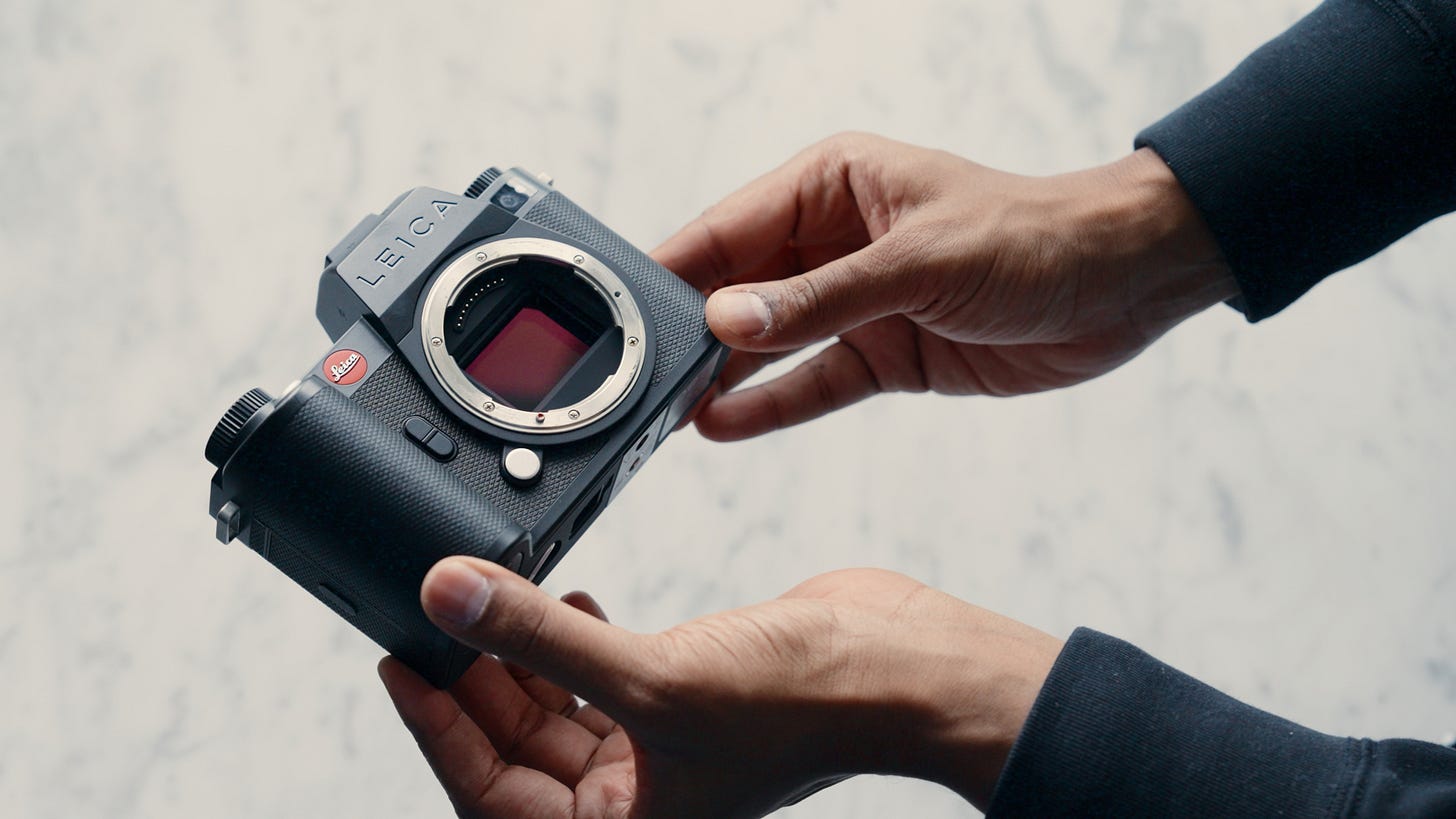



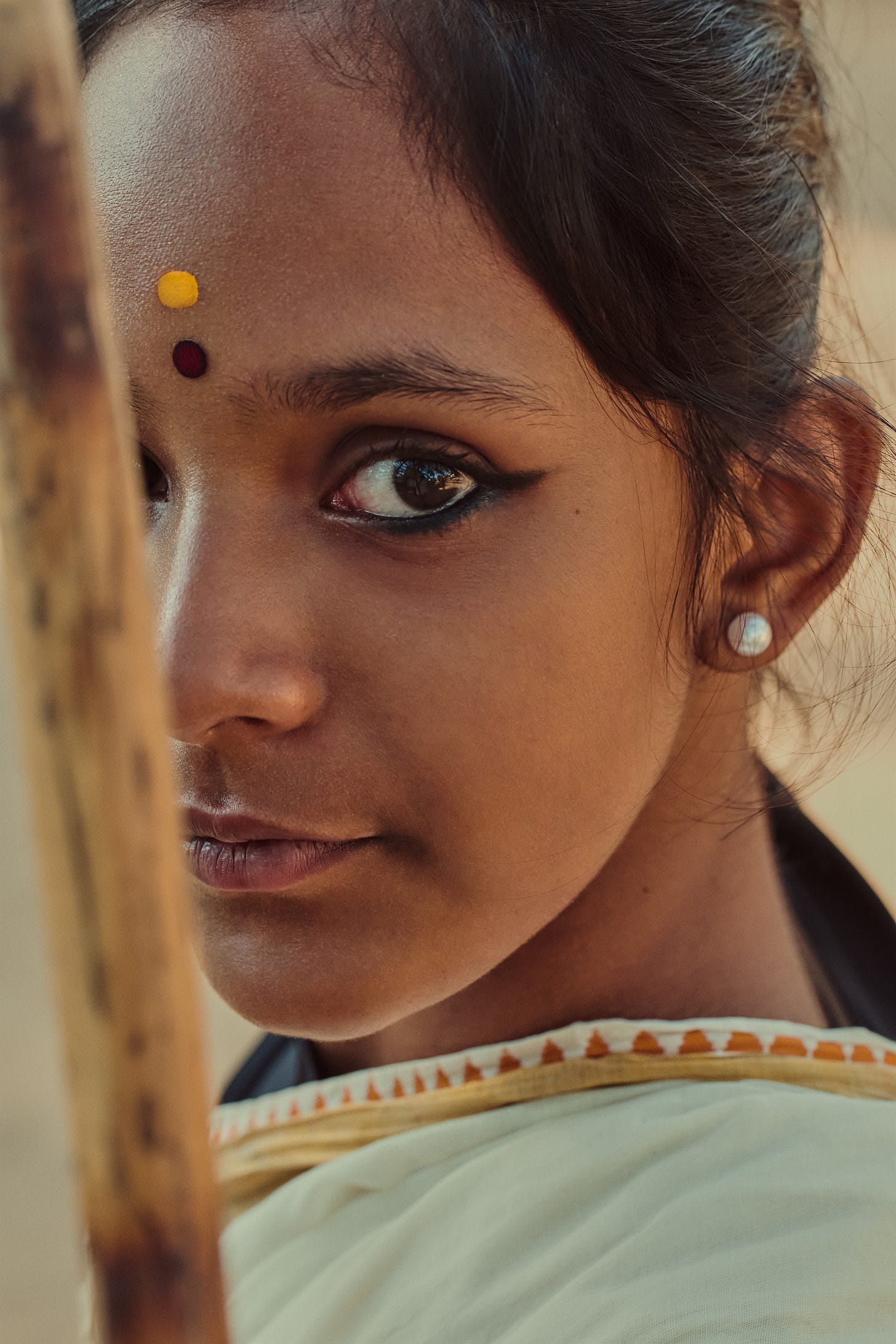
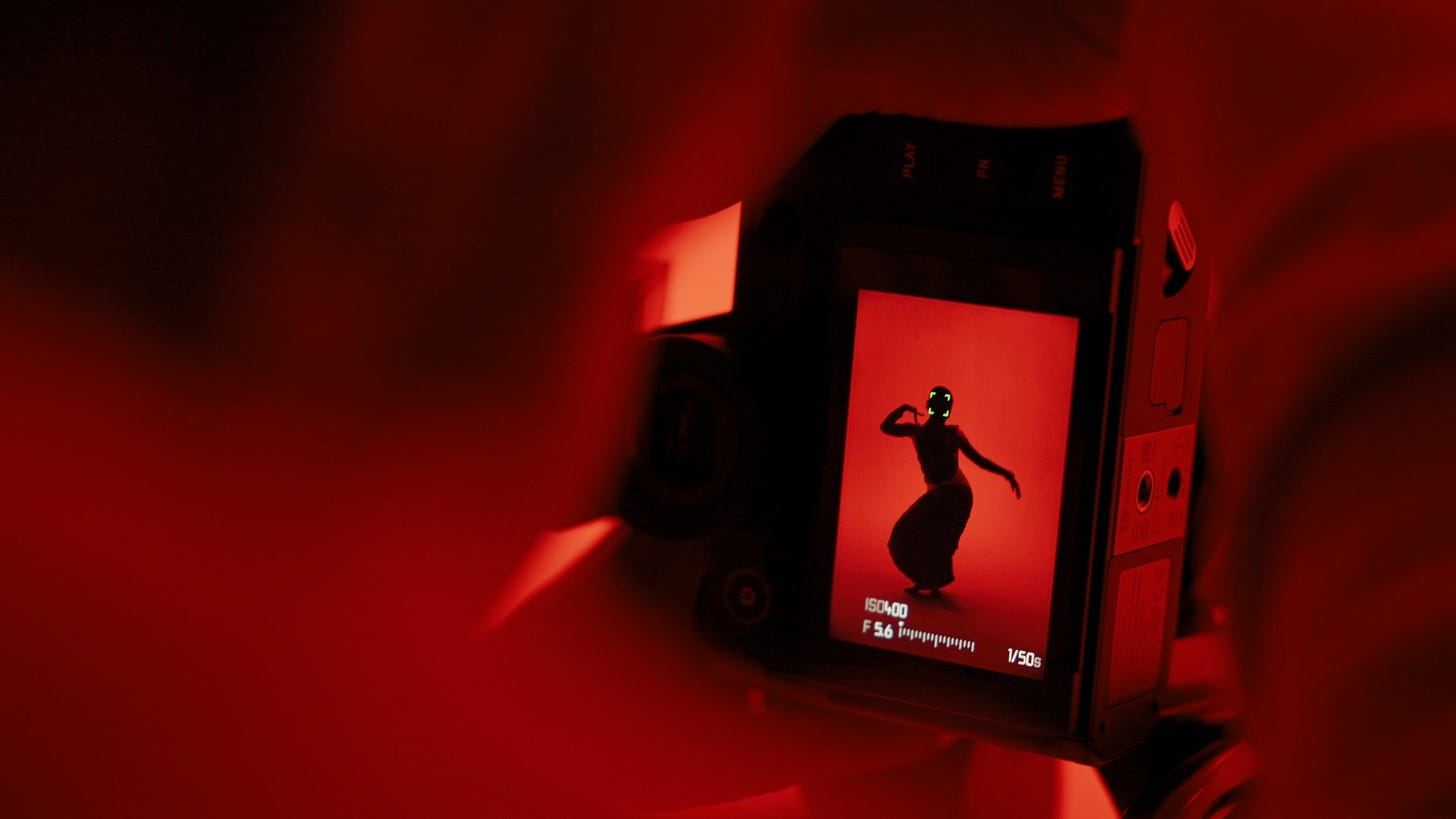

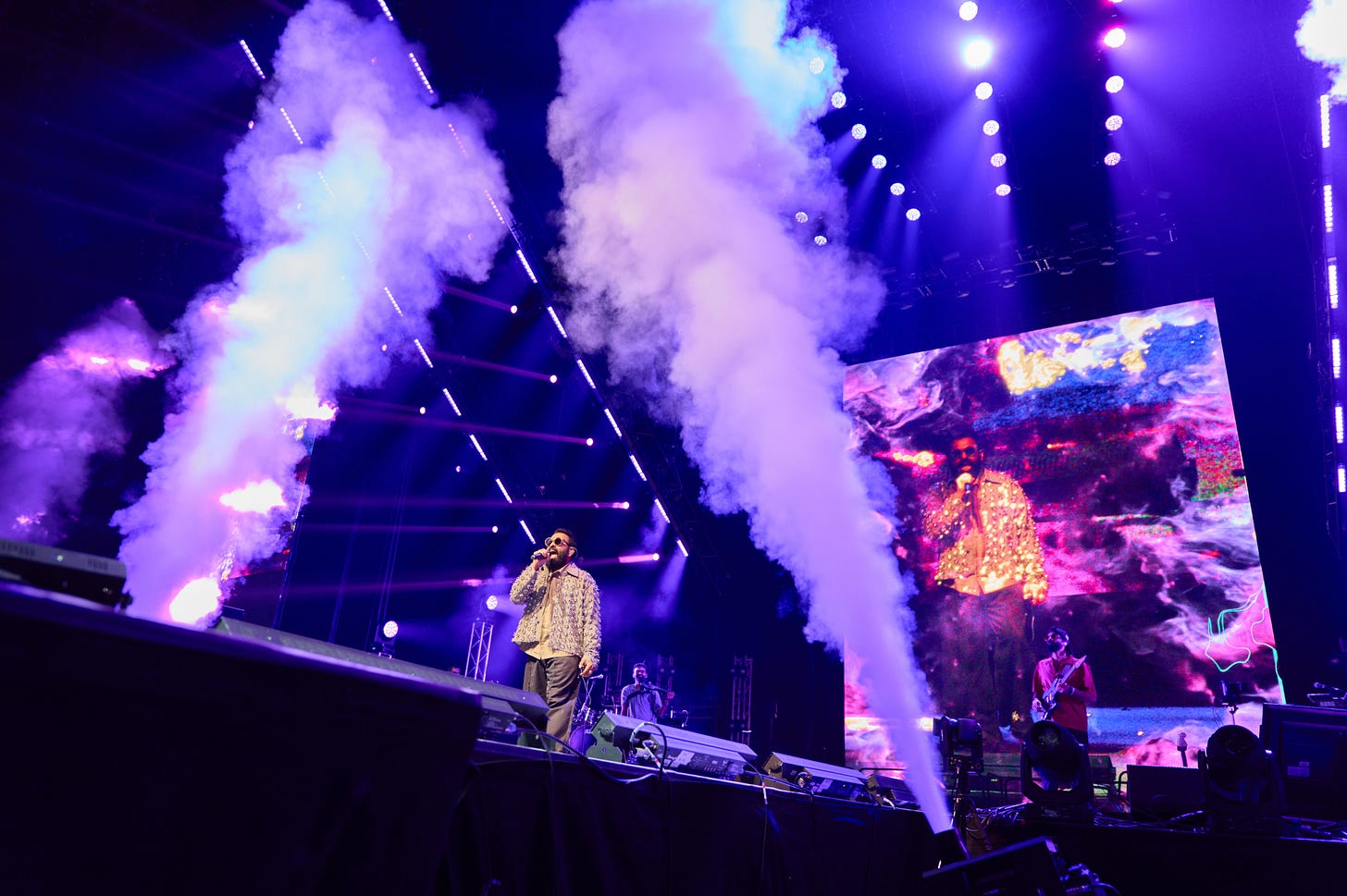
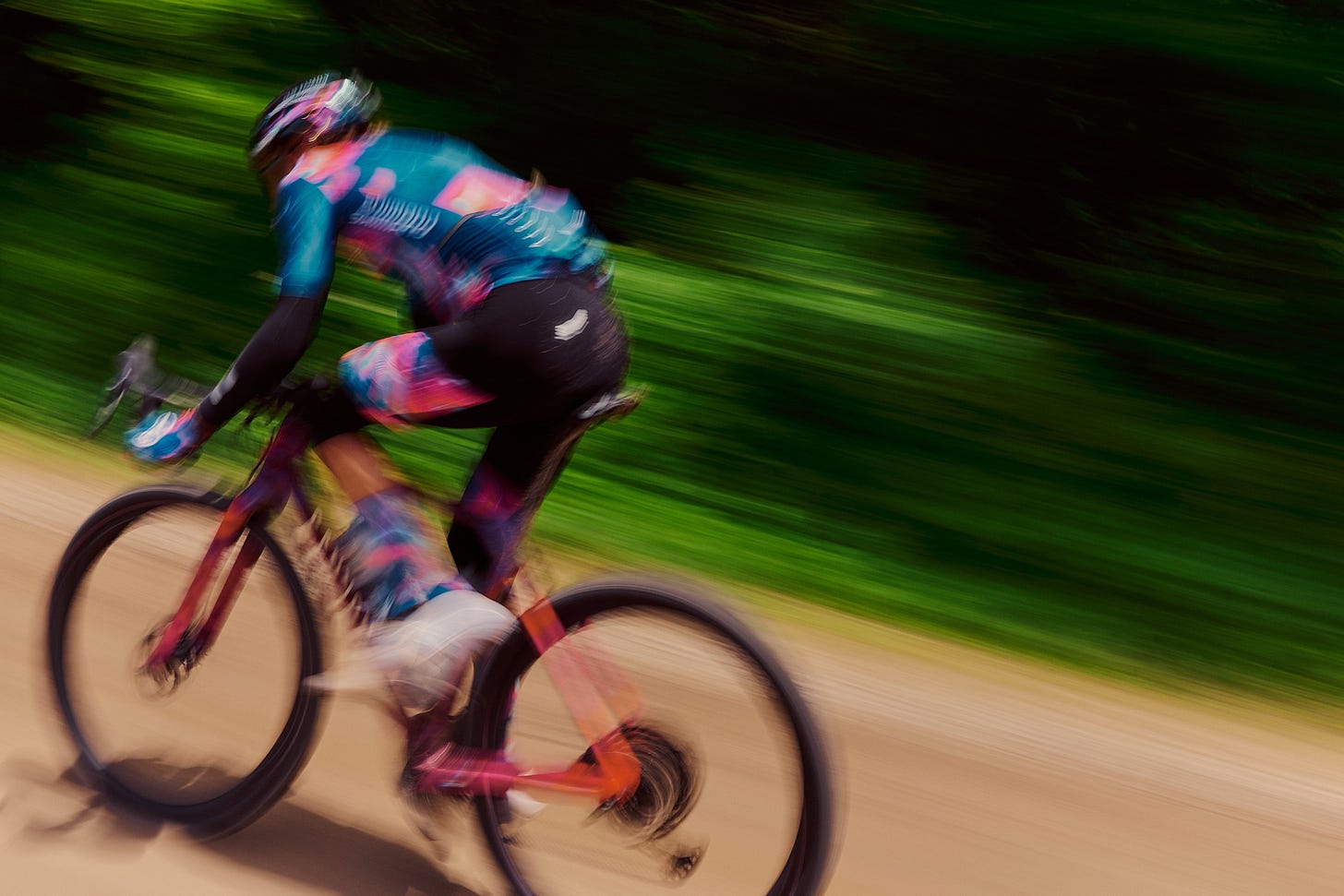
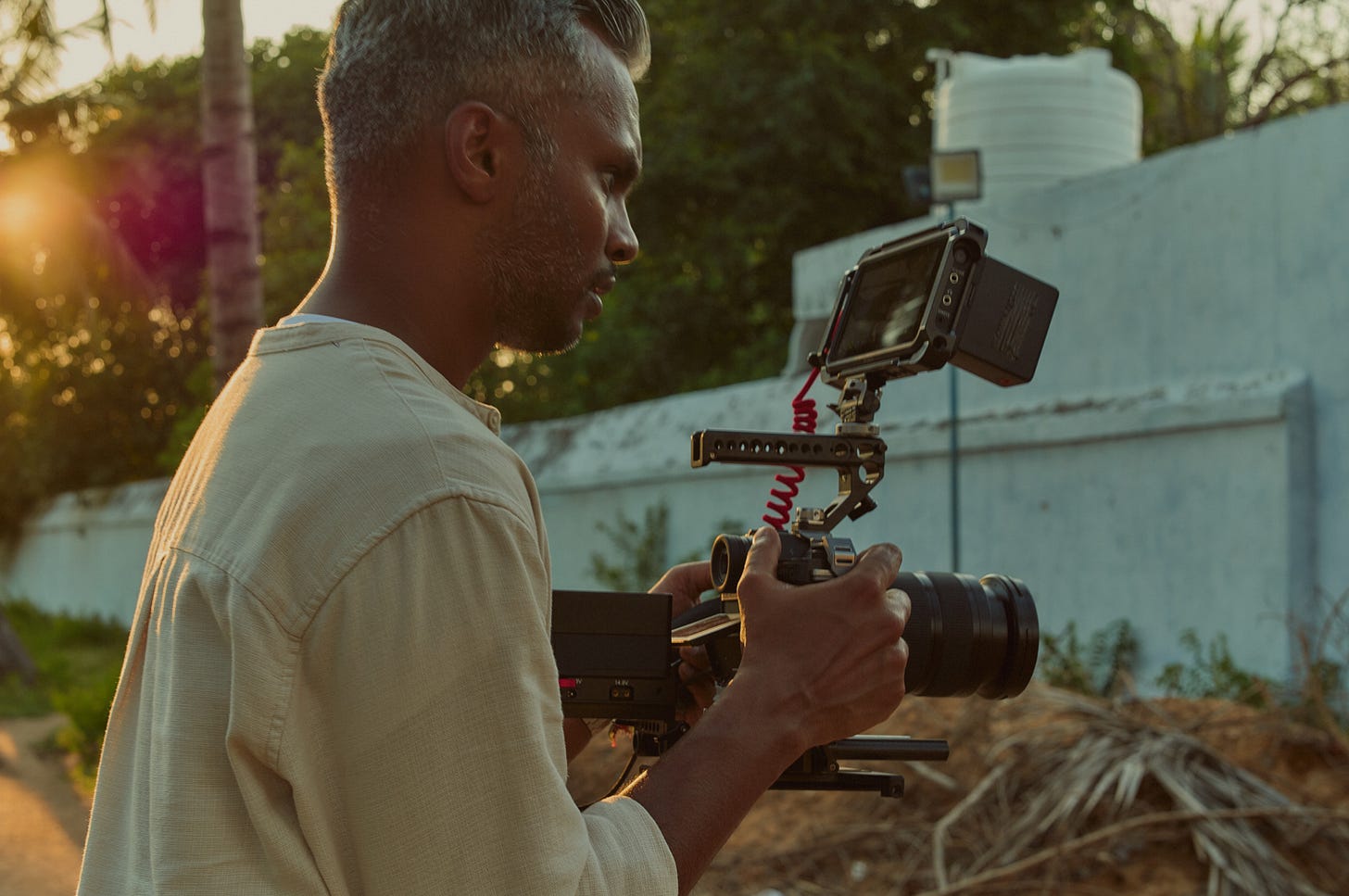

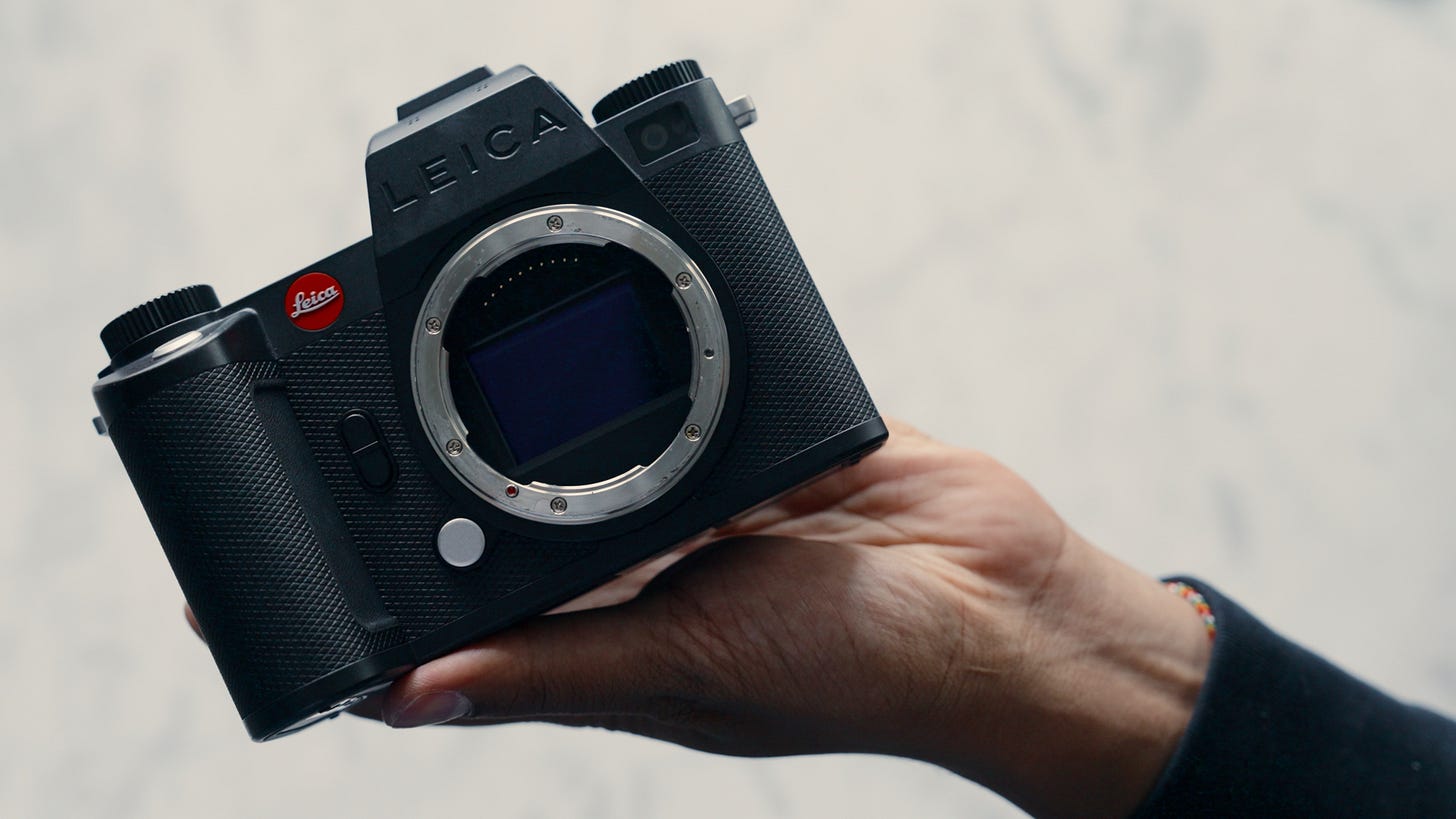
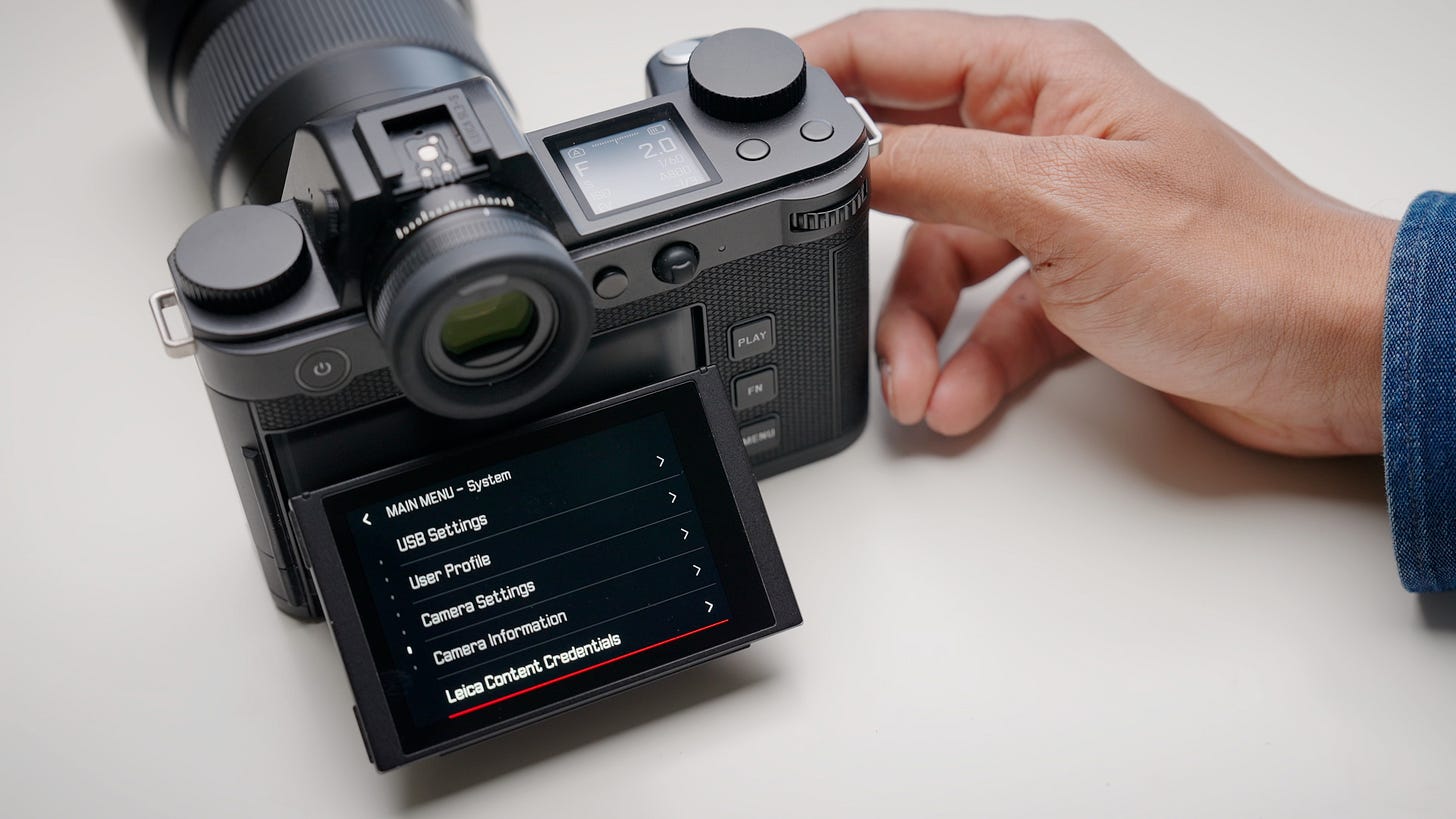

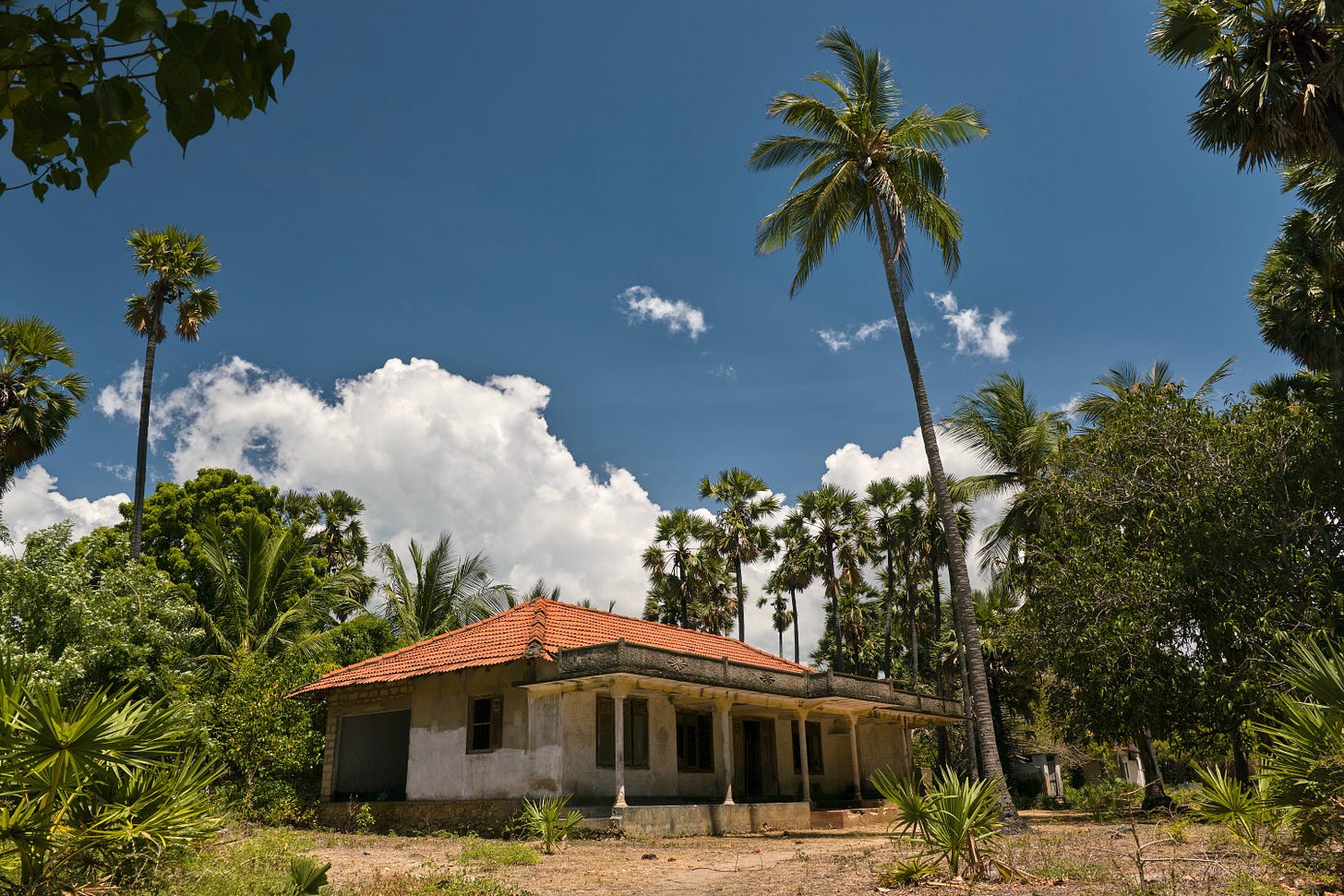
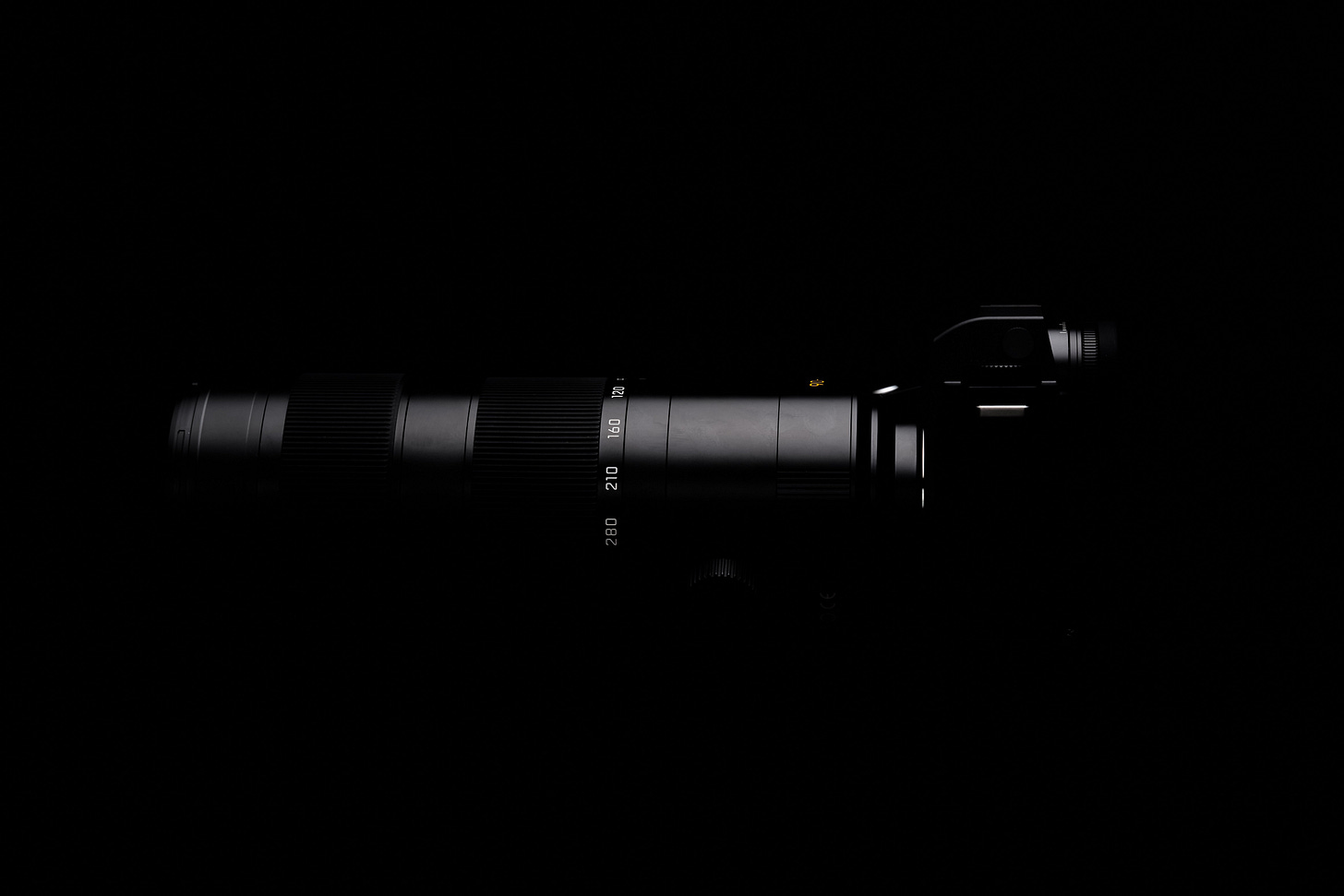
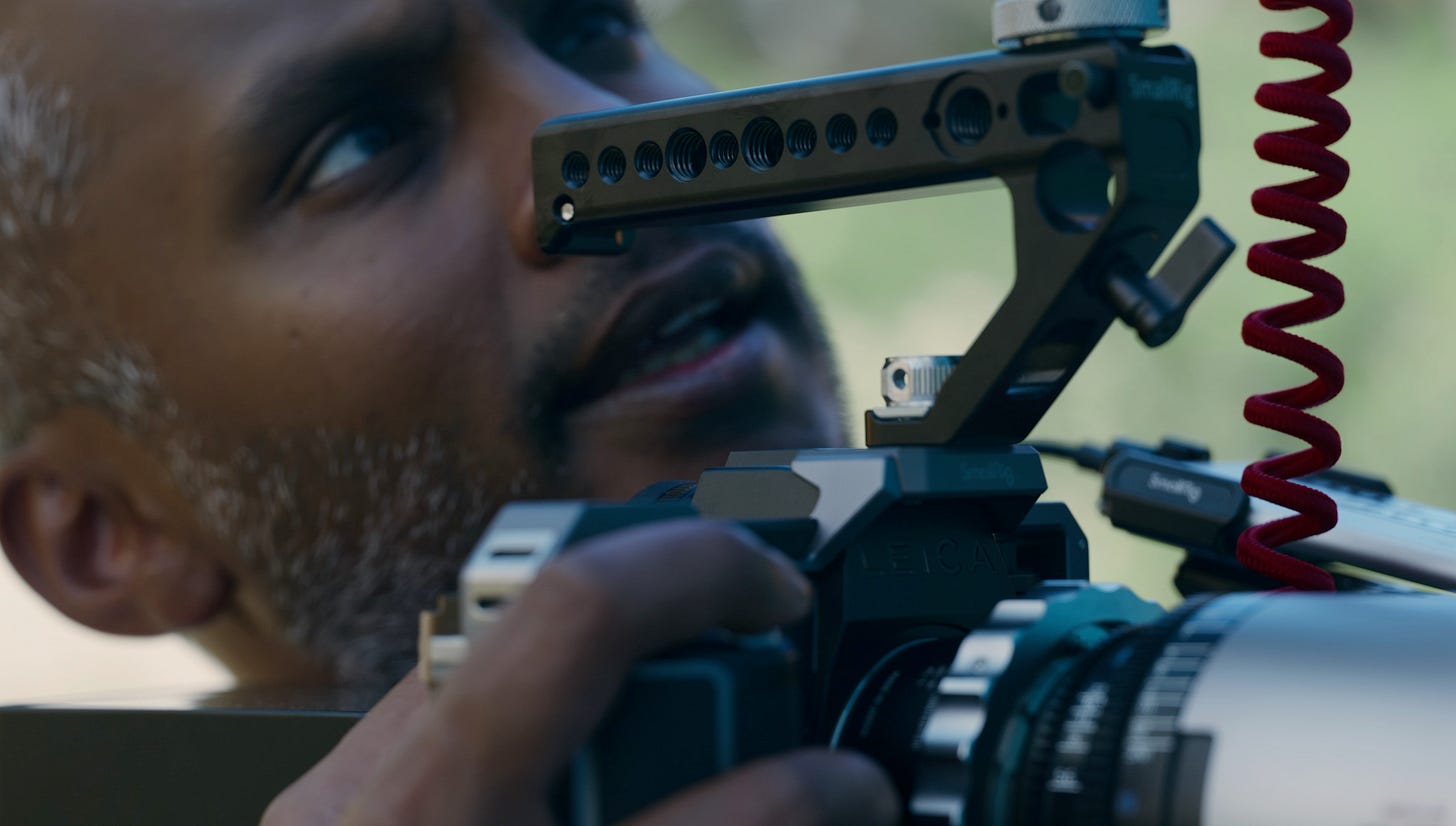


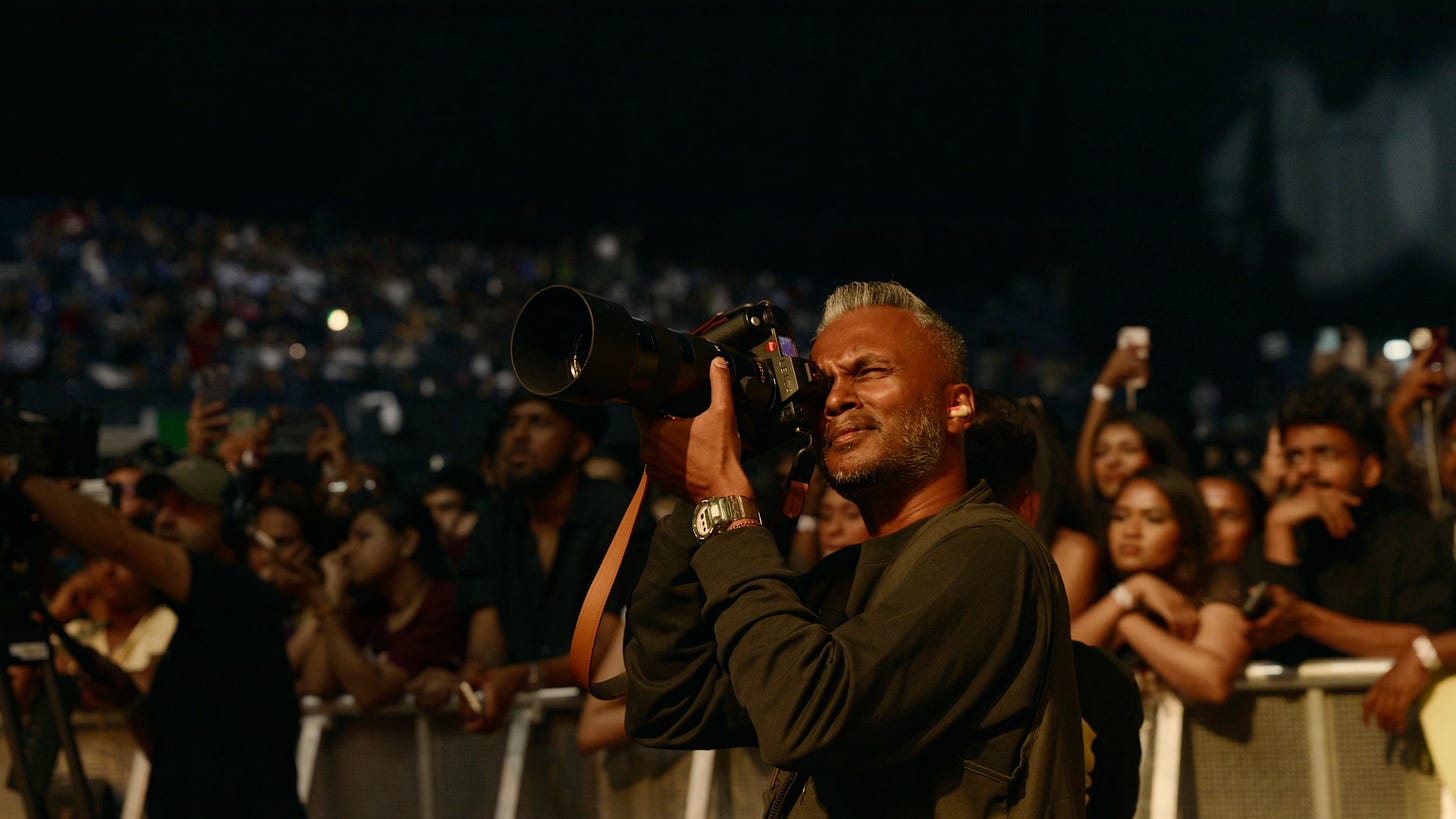
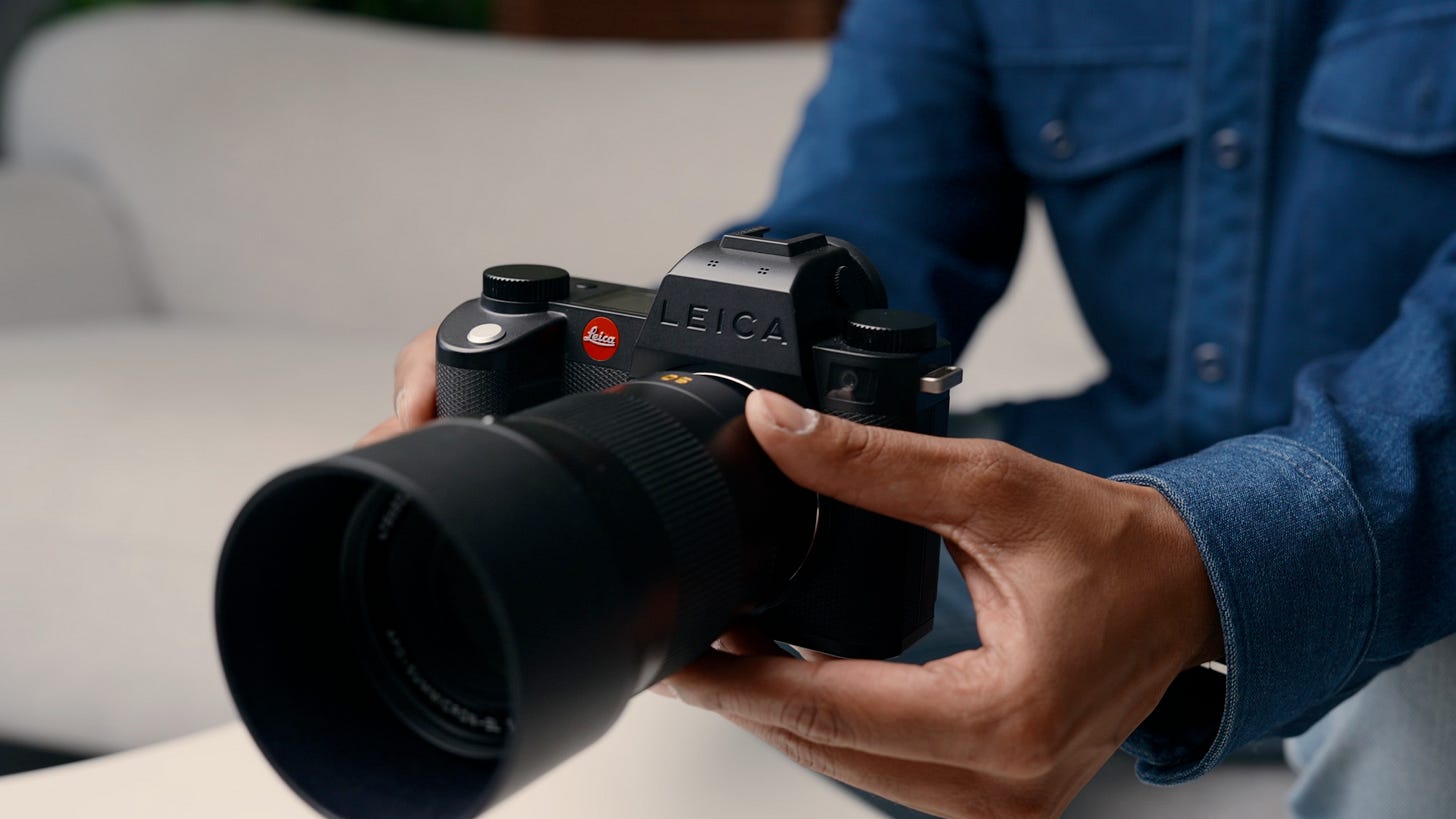
This article reminded me of two things apple… 1984 & the think different campaign. Like your article, Both iconic.
Though I would argue that the industrial design of the Hasselblad is my favorite, though the placement of the new joystick baffles me… it should have been a tad higher.
I would also argue that the menu system of the Hasselblad is even simpler & more refined. On top of that, the glass is exceptional as well.
Lacking is the video, which contrary to other purists, I wish it had. (I wonder if those purists use a phone in the “Pure” way Edison ment it to be used as, or do they use their phones as a barometer, camera, video-cam, note taking device, a record, CD, mp3 player & AAA map service? I say rubbish to purists, but I digress.)
Your article was fun to read and I can see that you bleed Leica Fanboy from your veins. I can tell you put a lot of thought into this sometimes tongue & cheek review, & for that, I/we thank you.
(You could be the next Hemingway if you so hear the bell toll for you, just don’t shoppe @ Abercrombie & Fitch please)
My first paid job some 29 years ago was with a Kiev. I don’t even know what lens I shot on or what film I used, but I laid it down and picked up an old Polaroid camera and fell in love with Image Transfer Photography. Then for some stupid reason I laid that down too and learned how to fix planes for a living. I hate that job, but it pays the bills, & I live by one motto, I don’t fly on what I fix. So far it’s worked out for me.
Sporadically though out the years I dabbled in photography getting paid here & there. I bought into the Sony system cuz it was cheap & the glass razor sharp.
Now that I want to get back into it with more passion, I find myself attracted to both the Leica & the Hasselblad for the reasons you & I have mentioned. I think the Hasselblad will win for me, with my only true gripe is the lack of live view. I can always film my grandkids on my iPhone, the way Steve intended!
Great review. Here's my take on the SL2s which is still my favorite I've owned.
https://www.shopmoment.com/articles/leica-sl2s-camera-review